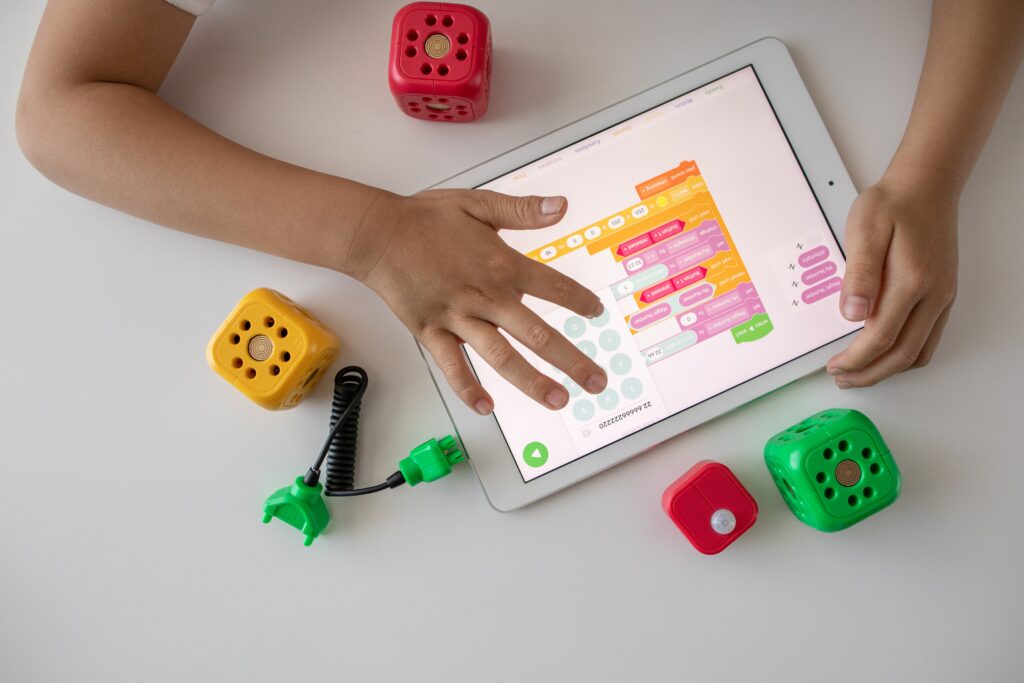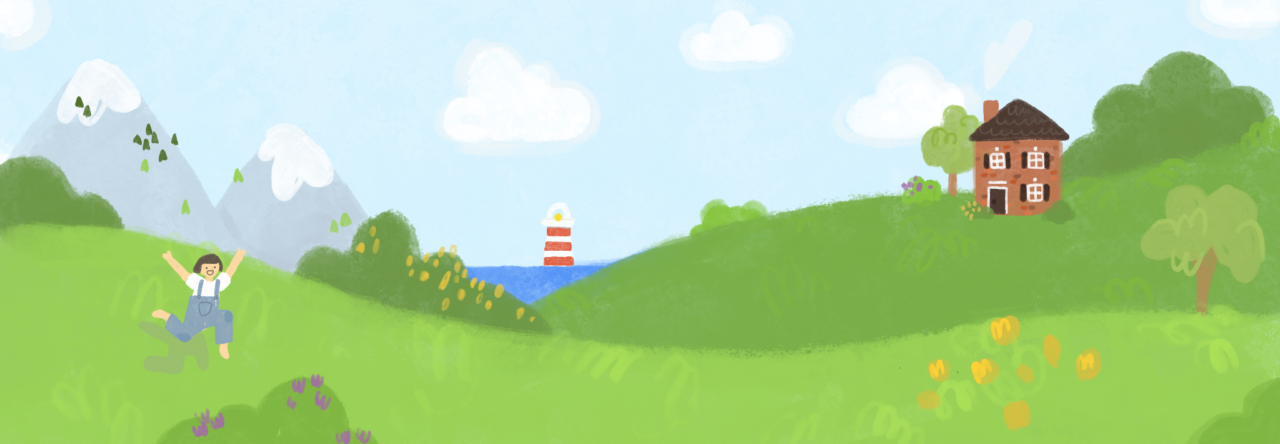
This week, guest speaker Tina O’Keefe gave us a presentation on gamification and game-based learning. Although we’ve been discussing this topic throughout the whole term, it was really awesome to see a teacher’s rich and comprehensive implementation of tech in her class. The google classroom digital choice board that Tina showed us reminded me of Soft Start, which is an activity my link2practice mentor teacher uses in her class. The digital choice board gives a variety of activities at different levels that students have autonomy with. Students can choose activities which they can enjoy and learn from depending on level they feel they are at. This is exactly what I like about Soft Start, which is just an offline version where student have free choice activity time. I feel like UDL comes into play with both of these activities, as they are designed to be inclusive and autonomous rather than adapted to be inclusive.
Furthermore, gamification and game-based learning is incorporated in both Soft Start and Tina’s digital choice board. Games are a way for students to learn in an engaging way that normalizes trial and error. Instead of a one off test that students can fail or pass, with games, it is the norm to fail a level, but continuously try in order to progress. Even games that directly have to do with curricular content can be so beneficial to a student’s overall learning. Games such as chess, sudoku, and puzzles of any sort.
Hour of Code is a great resource we were introduced to with tons of different games and activities for varying grades to learn coding. One that I found for my grade 4/5 link2practice class is SciGirls: Code Quest. This game incorporates science with its ocean based theme, is leveled for beginners and increases in difficulty, which allows for development and is also goal-based, which incites motivation and incentive. In addition, the game has both audio and visual elements that students can interact with.
To go further, indigenizing online learning is a topic that comes with complexities because tech education is inherently not aligned with the traditonal indigenous ways of learning and knowing, which are rooted in community, togetherness, experience and place. The article “The Five R’s for Indigenizing Online Learning: A Case Study of the First Nations Schools’ Principals Course”, discusses this hurdle and how it can be addressed using the five R’s: respect, relevance, reciprocity, responsibility and relationships. In some cases, where accessibility to education is limited, online learning may be the only plausible option and the R’s must be implemented into decisions for how to indigenize online learning.

Leave a Reply
You must be logged in to post a comment.